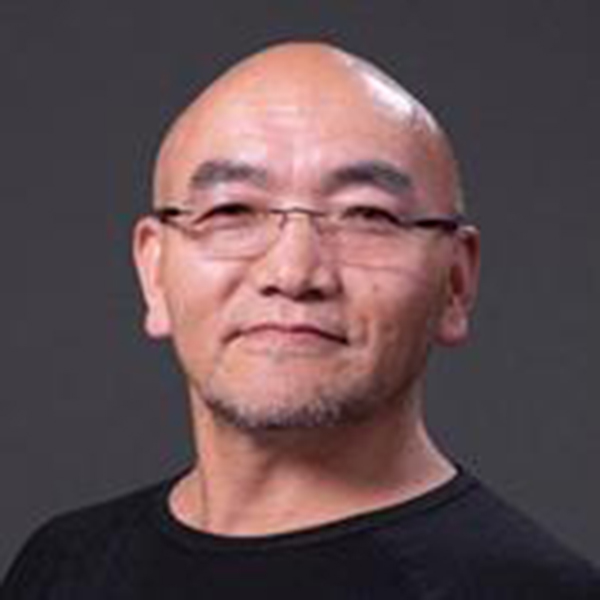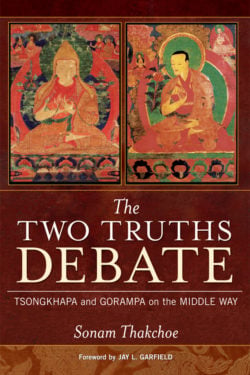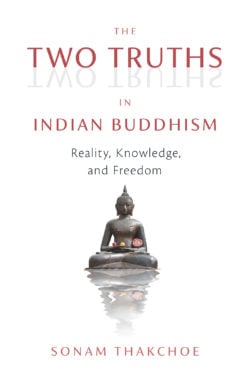Sonam Thakchoe

Sonam Thakchoe is a former Tibetan monk trained in Tibetan Buddhist tradition for fifteen years. He obtained his PhD (2002) from the University of Tasmania, Shastri (BA, 1995) and Acharya (MA, 1997) with double majors on the history of Indo-Tibetan philosophy and religious studies from Central Institute of Higher Tibetan Studies, Sarnath, India. He has taught Buddhist philosophy at the University of Tasmania for the past eight years and is now a full-time lecturer in Asian and comparative philosophy.
Books, Courses & Podcasts
The Two Truths Debate
All lineages of Tibetan Buddhism today claim allegiance to the philosophy of the Middle Way, the exposition of emptiness propounded by the second-century Indian master Nagarjuna. But not everyone interprets it the same way. A major faultline runs through Tibetan Buddhism around the interpretation of what are called the two truths—the deceptive truth of conventional appearances and the ultimate truth of emptiness. An understanding of this faultline illuminates the beliefs that separate the Gelug descendents of Tsongkhapa from contemporary Dzogchen and Mahamudra adherents. The Two Truths Debate digs into the debate of how the two truths are defined and how they are related by looking at two figures, one on either side of the faultline, and shows how their philosophical positions have dramatic implications for how one approaches Buddhist practice and how one understands enlightenment itself.
Learn more about Tsongkhapa and Gorampa at the Treasury of Lives.
The Two Truths in Indian Buddhism
In this clear and exemplary approach to one of the core philosophical subjects of the Buddhist tradition, Sonam Thakchoe guides readers through the range of Indian Buddhist philosophical schools and how each approaches the two truths: ultimate truth and conventional truth. In this presentation of philosophical systems, the detailed argumentations and analyses of each school’s approach to the two truths are presented to weave together the unique contributions each school brings to supporting and strengthening a Buddhist practitioner’s understanding of reality. The insights of the great scholars of Indian Buddhist history—such as Vasubandhu, Bhāvaviveka, Kamalaśīla, Dharmakīrti, Nāgārjuna, and Candrakīrti—are illuminated in this volume, with profound implications to the practice and views of modern practitioners and scholars.
The Vaibhāṣika, Saūtrāntika, Yogācāra, and Madhyamaka schools provide a framework for a continuum of philosophical debate that is far more interrelated, and internally complex, than one may presume. Yet we see how the schools build upon the findings of one another, leading from a belief in the realism of external phenomena to the relinquishment of any commitment to realism of either external or internal realities. This fascinating movement through philosophical approaches leads us to see how the conventional and ultimate—dependent arising and emptiness—are twin aspects of a single reality.


